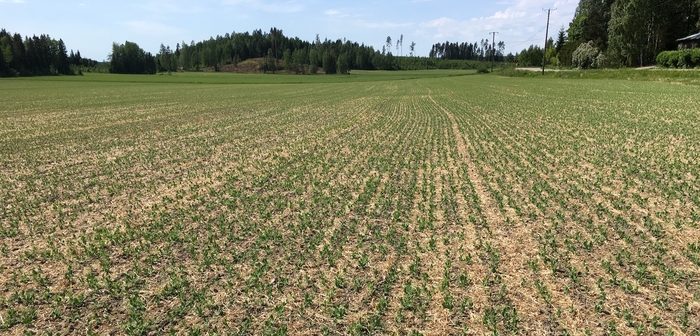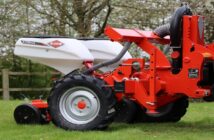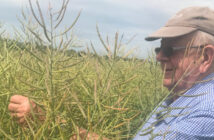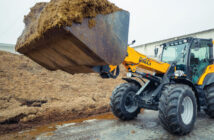Greater take up of min-till or no-till arable systems could help British farmers improve efficiency.
That was the key take out following AHDB Cereals & Oilseeds’ visit to Finnish agricultural institutions and farms, where efficient systems have been developed to deal with the country’s short growing season.
Vast expanses of the country are snow covered in winter months and Finland has an average growing season, which varies from 100 – 180 days. To cope, farmers have adopted simple, efficient techniques to ensure that their arable crop delivers, working with a ‘no-till’ or ‘min-till’ approach for environmental, cost and lifestyle purposes.
Compared to the UK, the country’s growing season is at least 100 days shorter than the 280-day average reported by the Met Office in 2016.
AHDB Cereals & Oilseeds Strategy Director, Martin Grantley-Smith said: “The first snow starts to fall in Finland in September, with spring arriving as late as May. These conditions may at first seem challenging but it’s driven efficiency in the country’s farming systems.
“Currently around 45 per cent of arable crop is grown using a min-till or no-till method. As part of that approach fertiliser is added below the seed with a covering of soil over it, to avoid the fertiliser burning the seed.
“While lower machinery purchase, running and fuel costs are seen as a benefit of no-till or min-till systems, they don’t ignore the time savings made. Most Finnish growers are part-time farmers, with no-till using less time to establish crops than conventional cultivations; this allows farmers more time to pursue their other jobs – this approach could benefit UK farmers.”
AHDB also learned that Finnish farmers look beyond simply purchasing a seeding machine to it becoming part of a no-till farming system.
AHDB Arable Knowledge Exchange Manager Harry Henderson, said: “I was fascinated to understand why Finland was Europe’s biggest adopter of no-till cereal production – perhaps unsurprisingly, it comes down to cost.
“The most pivotal element in the till system’s success or failure is the choices farmers make on the ground. Considering and understanding a number of factors, from drainage, to soil conditions, having patience with ground temperature and making sure their machinery is smaller, with a system flexible to changes.
“However, while these considerations are all important, farmers are not evangelical about no-till and will revert back to old methods – meaning all farms will have a cultivator and use it as and when necessary – they also own a plough.”
Currently the UK’s adoption of no-till cereal production stands at 8 per cent, compared to 13 per cent in Finland.
Harry added: “For British farmers and agronomists considering the move to no-till, there’s definitely a lot we can learn and share from the systems the Finns have adopted to cope with their climate.”
To find out more about no-till methods visit: cereals.ahdb.org.uk/notill. Harry Henderson will be sharing more information about the visit to Finland in an AHDB Cereals blog.




